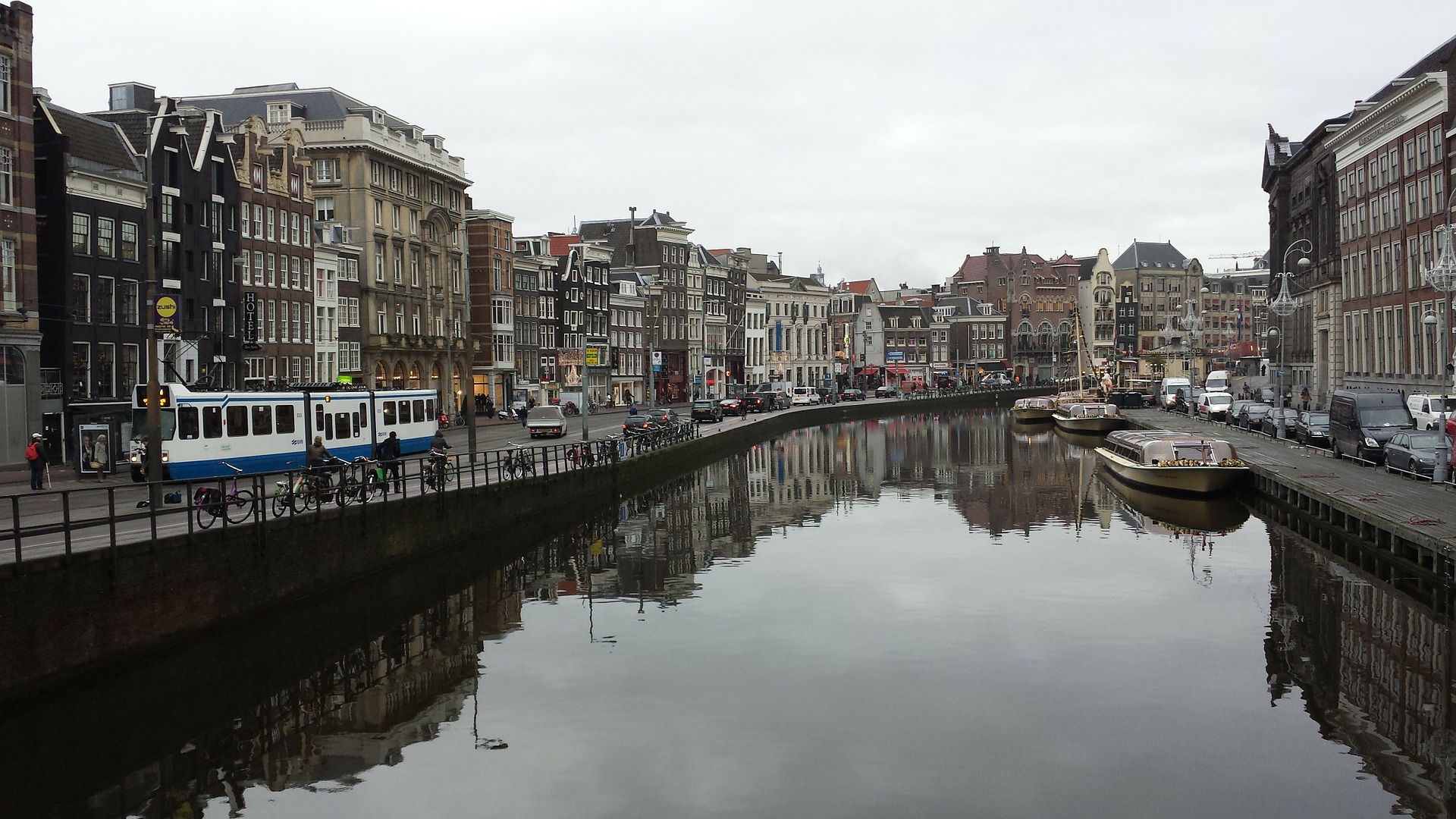Optimal Planning for Public Transport Disruptions
Transportation systems nowadays can be characterised by a plethora of mobility options and service providers, which makes coordination between them challenging to make sure that sparse urban space and transport service resources are used in an optimal way. This becomes increasingly challenging in the event of public transport disturbances or disruptions, ranging from short, unplanned disruptions to long-lasting planned disruptions. As many quays and bridges in Amsterdam require large renovations in the coming decade, it is anticipated that several tram and bus routes will be severely affected, possibly for several months. This is likely to increase the pressure on remaining travel alternatives and the limited public space available in Amsterdam.
The objective of this project is to support planners and policy makers in developing mobility plans for managing planned and long-lasting disruptions in public transport systems. This involves the development of methods to generate and assess alternative mobility management strategies and their impacts. Methods are developed to determine the optimal redesign of Amsterdam’s public transport network in response of these renewal works. Furthermore, this method proposes an optimal and a robust planning and network design based on the sequence of, and interactions between the many planned public transport closures. This incorporates the costs associated with frequently changing networks, as well as the inherent uncertainty in duration and urgency of different quay and bridge renewals. The research explicitly quantifies the robustness benefits which shared mobility services – such as ride-hailing or micro-mobility – can provide to reduce the impact of these closures.
Partners
This project is conducted by the TU Delft in close cooperation with the AMS Institute and the municipality of Amsterdam. This work, funded by the AMS Institute, supports the municipality of Amsterdam to react in an optimal way to planned public transport disruptions, thereby explicitly considering the availability of the infrastructure and resources, as well as the potential deployment of other mobility services and providers. As such, this contributes to the development of multimodal mobility management capabilities that allow testing strategies contributing positively towards the resilience of Amsterdam’s transportation network.

